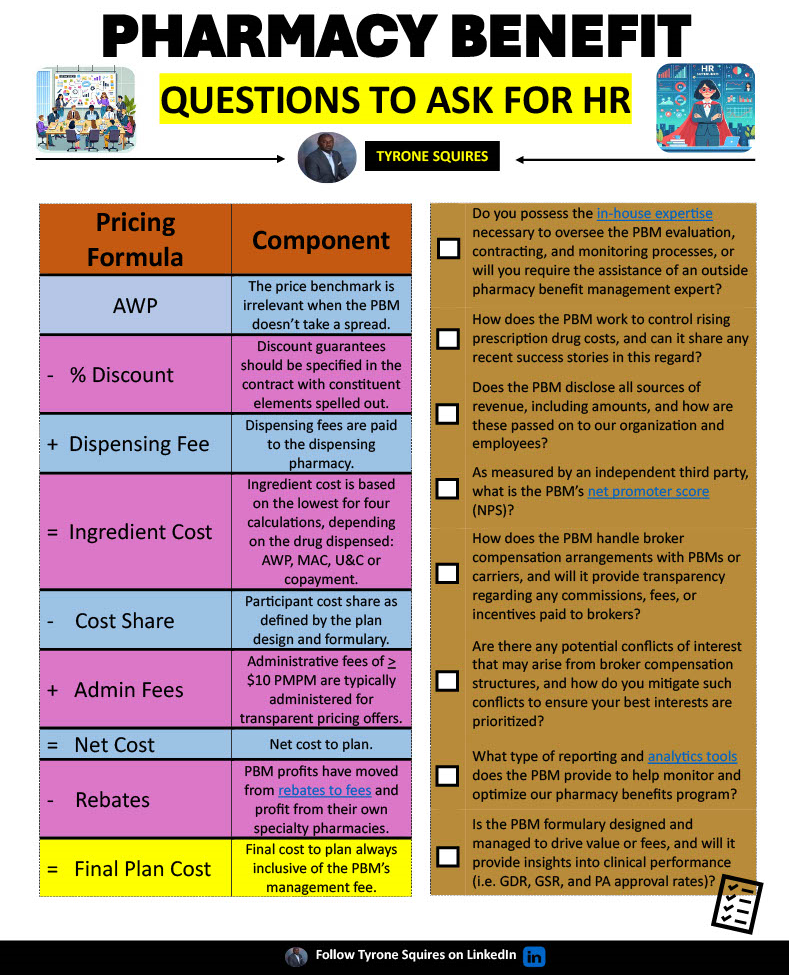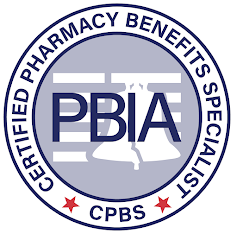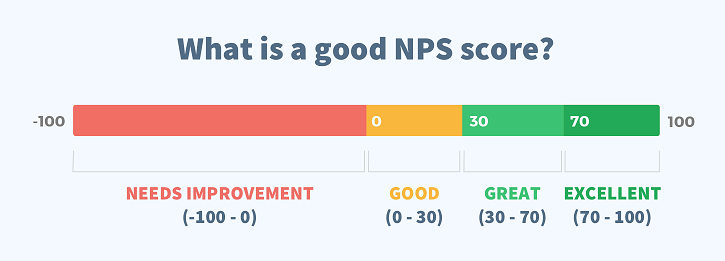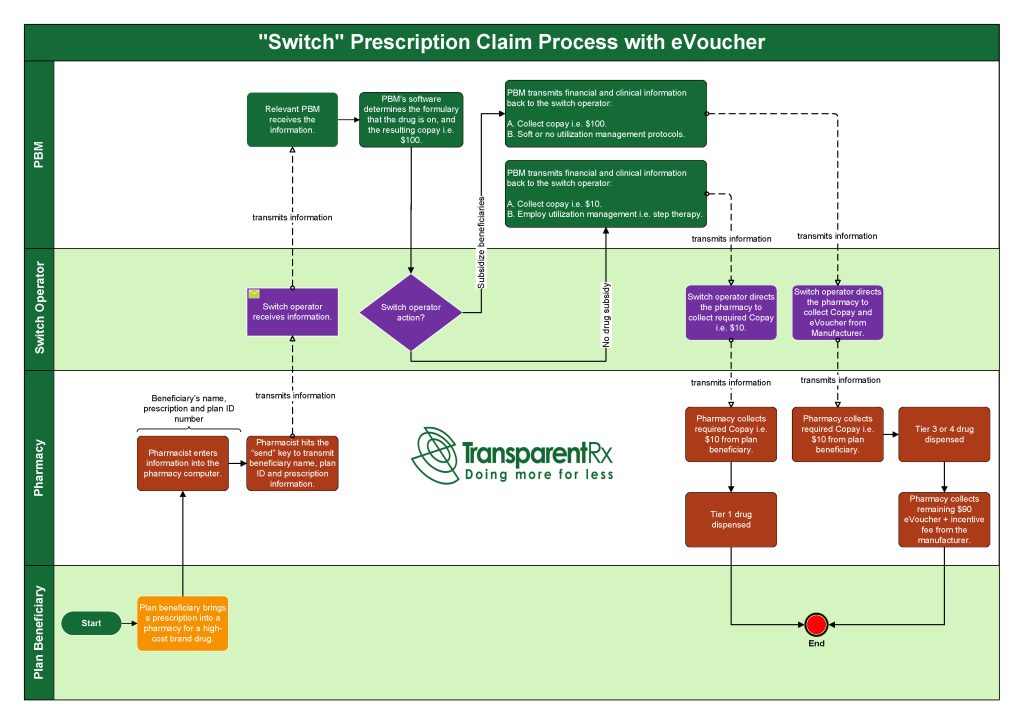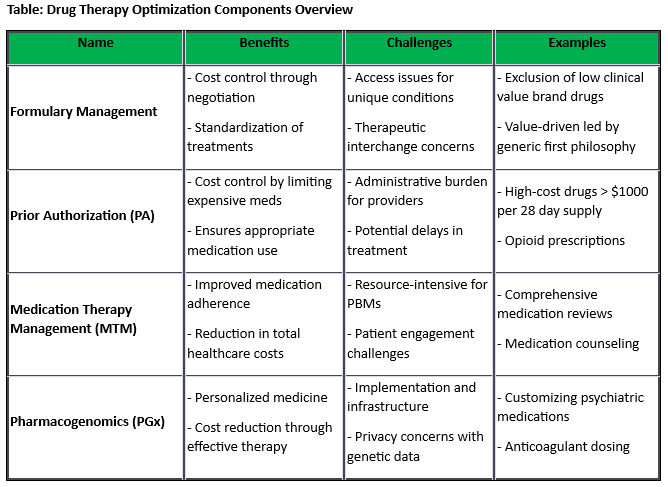TransparentRx Recognized in the Prestigious 7th Annual Vet100 List
TransparentRx, a renowned leader in fiduciary pharmacy benefit management solutions, is proud to announce its inclusion in the esteemed 7th Annual Vet100 List. This honor underscores the company’s unwavering commitment to excellence and its continued dedication to providing transparent pharmacy benefit solutions to clients worldwide.
The Vet100 List is an annual compilation that celebrates the top 100 veteran-led companies that have demonstrated remarkable growth, innovation, and leadership in their respective industries. Being featured on this list is not only a testament to TransparentRx’s business acumen but also its dedication to upholding the values and discipline instilled from military service.
Tyrone Squires, the Managing Director of TransparentRx and a U.S. Navy veteran, commented on the achievement, “Being recognized in the Vet100 List is a significant milestone for our team. It reflects our relentless pursuit of excellence and our commitment to serving our clients with integrity, transparency, and dedication. We are deeply honored and will continue to uphold the high standards that this recognition represents.”
Since its inception, TransparentRx has revolutionized the pharmacy benefit management industry with its groundbreaking fiduciary business model. This recognition in the Vet100 List further solidifies its position as an industry frontrunner.
TransparentRx would like to extend its gratitude to its dedicated team, loyal clients, and partners for their unwavering support and trust. The company looks forward to further advancements, collaborations, and milestones in the coming years.
For more information about TransparentRx or to schedule an interview with Tyrone Squires, please contact Maricor Bonjoc at 866-499-1940 ext. 244 or maricor.bonjoc@transparentrx.com.
About TransparentRx:
Established in 2014, TransparentRx has carved out a niche in the healthcare industry with its innovative fiduciary pharmacy benefit management solutions. Dedicated to guiding organizations through the intricate landscape of healthcare expenses, the company is anchored by a philosophy of unwavering transparency, robust cost control, and unparalleled customer support. This steadfast commitment has earned TransparentRx distinguished recognition on the 2023 Vet100 list, underscoring its role as a pioneering force in healthcare innovation.
About the Vet100 List:
The Vet100 List is an annual recognition of the top 100 fastest-growing veteran-led companies in the country. Curated based on growth metrics, leadership, and innovation, the list celebrates the entrepreneurial spirit of military veterans and their contributions to the business world.
Tyrone D Squires
TransparentRx
866-499-1940
tyrone.squires@transparentrx.com
Visit us on social media:
Facebook
Twitter
LinkedIn
YouTube


